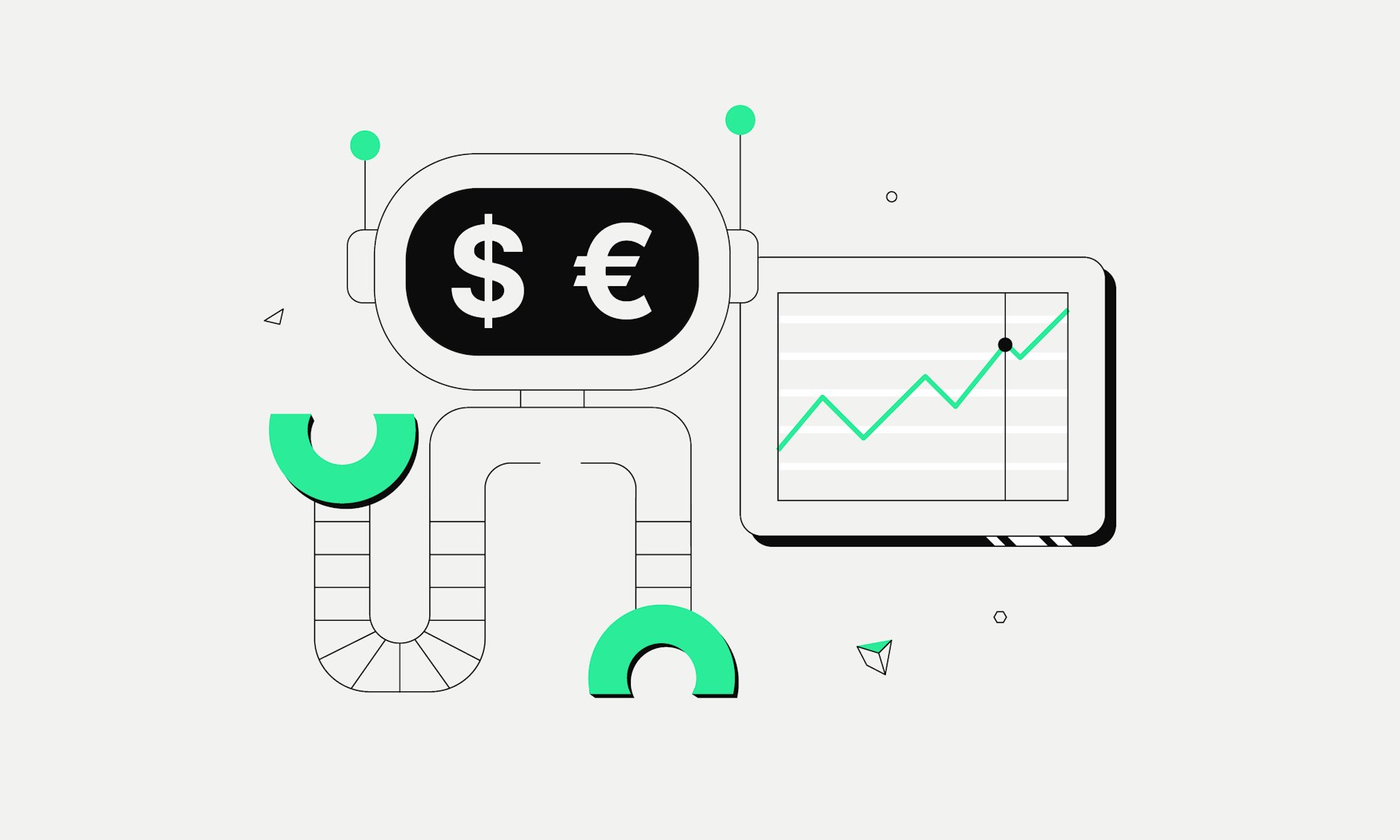The natural convergence between robotics and artificial intelligence (AI)
Since the dawn of time, humans have dreamt of creating machines in their own image, endowed with an intelligence of their own. In Ancient times, Homer already sang the praises of divine automatons, those marvels of ingenuity forged by Hephaestus himself. These foundational myths have nourished the imagination for centuries, inspiring pioneers who, from the Middle Ages to the dawn of the Industrial Revolution, sought to breathe life into ever more elaborate mechanical creations.
But it was in 1950 that a decisive turning point occurred. In a landmark article, "Computing Machinery and Intelligence", the visionary Alan Turing asked a question as simple as it was profound: can a machine think? More precisely, can we conceive an artefact whose behaviour would be indistinguishable in every way from that of a human being? This is the famous Turing test, a challenge that would long seem insurmountable.
It wasn’t until the 2010s and the advent of deep learning that Turing's dream to start taking shape. This revolutionary technique, inspired by the very functioning of our brain, opens dizzying perspectives. Thanks to artificial neural networks capable of learning by themselves, machines suddenly became endowed with perception, understanding, and even reasoning. They can recognise a face, transcribe speech, and analyse language with unparalleled finesse.
This is where robotics comes into play. By integrating these AI models into physical systems, we literally give a body to artificial intelligence. Robots cease to be simple automatons and become autonomous entities, capable of:
Seeing and understanding their environment: Identifying the objects around them, such as parts to be assembled on a production line, by being equipped with cameras and image recognition algorithms.
Planning and adapting: Breaking down a complex task into steps and finding the best way to accomplish it, recalculating their plan if an unforeseen event occurs.
Learning independently: Improving with practice, learning the best gesture to grasp an object, by trying again and again.
Communicating naturally: Conversing with us in an almost human way by combining speech recognition, speech synthesis and language understanding.
Current applications of AI in robotics
Today, there is a fascinating cross-fertilisation between Robotics and AI. On the one hand, AI allows the creation of more efficient and versatile robots, present in industry, healthcare and services. On the other hand, robotics encourages AI researchers to take up new challenges such as how to interpret complex visuals and how to handle delicate objects.
Industry
In industry, AI allows robots to be more flexible and adaptable. Let's take the example of a car factory. Assembly robots are now equipped with cameras and image recognition software to verify the conformity of parts, detect defects and adapt to new parts without reprogramming. This is machine learning: the robot learns from experience, like a human.
Cobots, or collaborative robots, are another example. Designed to work alongside workers, they detect human presence thanks to their sensors and AI and adjust their movements accordingly. They also understand voice commands and gestures, making collaboration more natural and intuitive.
Healthcare
In healthcare, robot-assisted surgery is one of the most impressive applications. The surgeon controls precise robotic arms that perform meticulous gestures inside the patient. AI guides these gestures by analysing 3D images in real time and can correct the surgeon's tremors. The result is more precise, less invasive surgery with fewer complications and faster recovery.
Robots also assist caregivers on a daily basis. Autonomous mobile robots transport medicines, samples or medical equipment between departments. Guided by their AI and sensors, they navigate corridors, take lifts and interact with staff via a touch screen, freeing up time for caregivers.
Catering
Some establishments use robots to welcome customers, take orders and serve dishes. Equipped with voice recognition and natural language interfaces, they converse with customers and make recommendations based on the analysis of previous orders.
In the kitchen, robots assist chefs in preparation. Some cook burgers or pizzas autonomously, from preparation to cooking. AI controls each step to ensure consistent quality. Other robots chop vegetables, measure ingredients or assemble plates, assisting cooks in repetitive tasks so they can focus on creativity and quality.
Agriculture
Agriculture greatly benefits from AI and robotics. AI-equipped camera drones monitor crops. They take detailed aerial images, analysed to detect diseases, pests or nutrient deficiencies. Farmers can then take targeted action, reducing the use of pesticides and fertilisers.
On the ground, autonomous robots weed, sow or harvest. Weeding robots use computer vision to distinguish weeds from crop plants and precisely apply small doses of herbicide. For harvesting, picking robots recognise ripe fruits and pick them gently. Some even work at night, an asset for rapid harvests.
